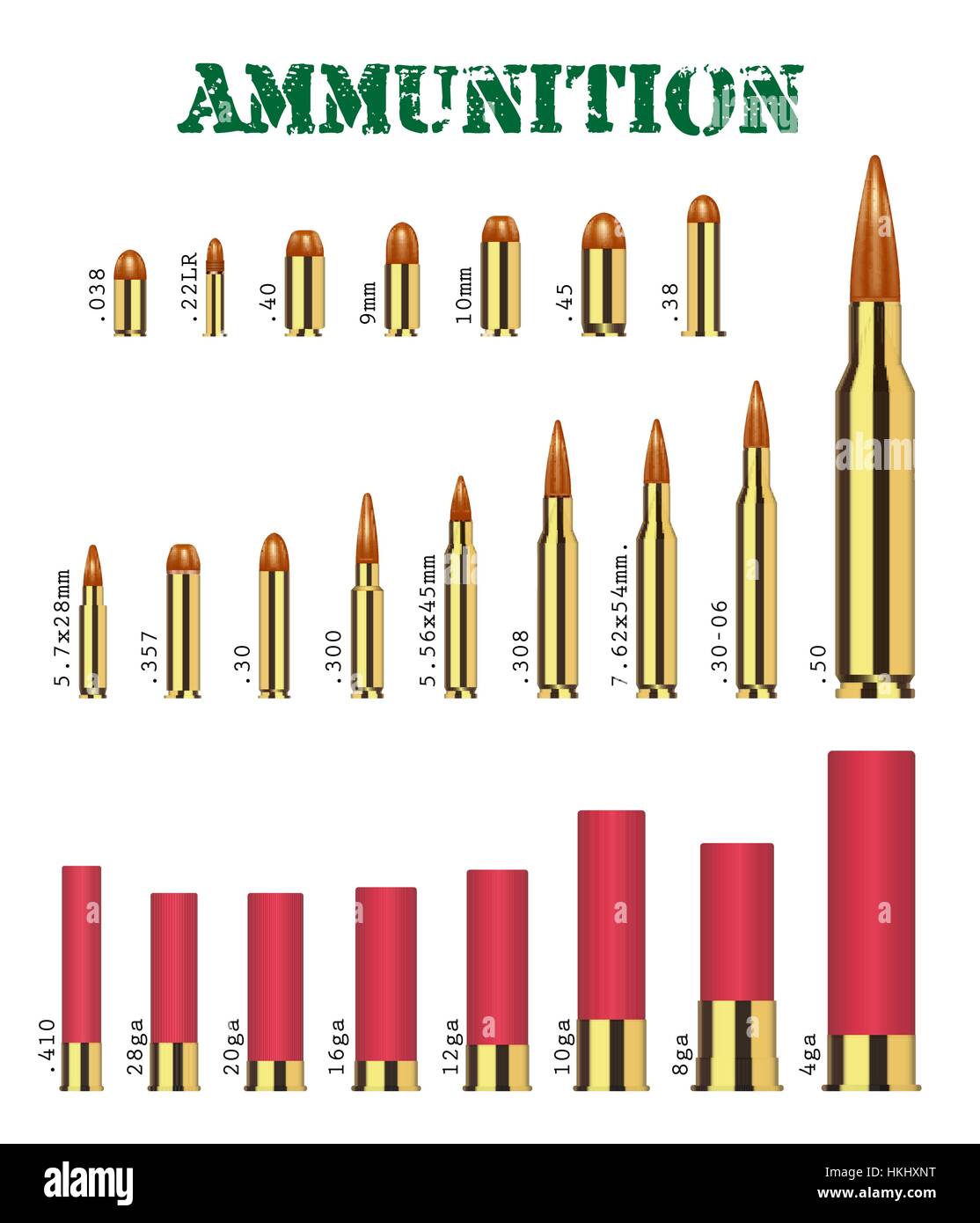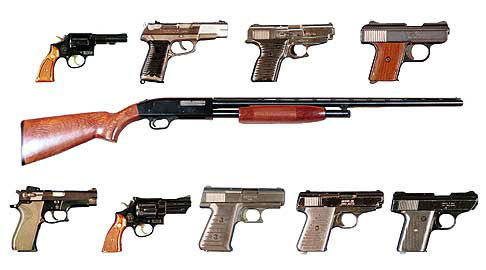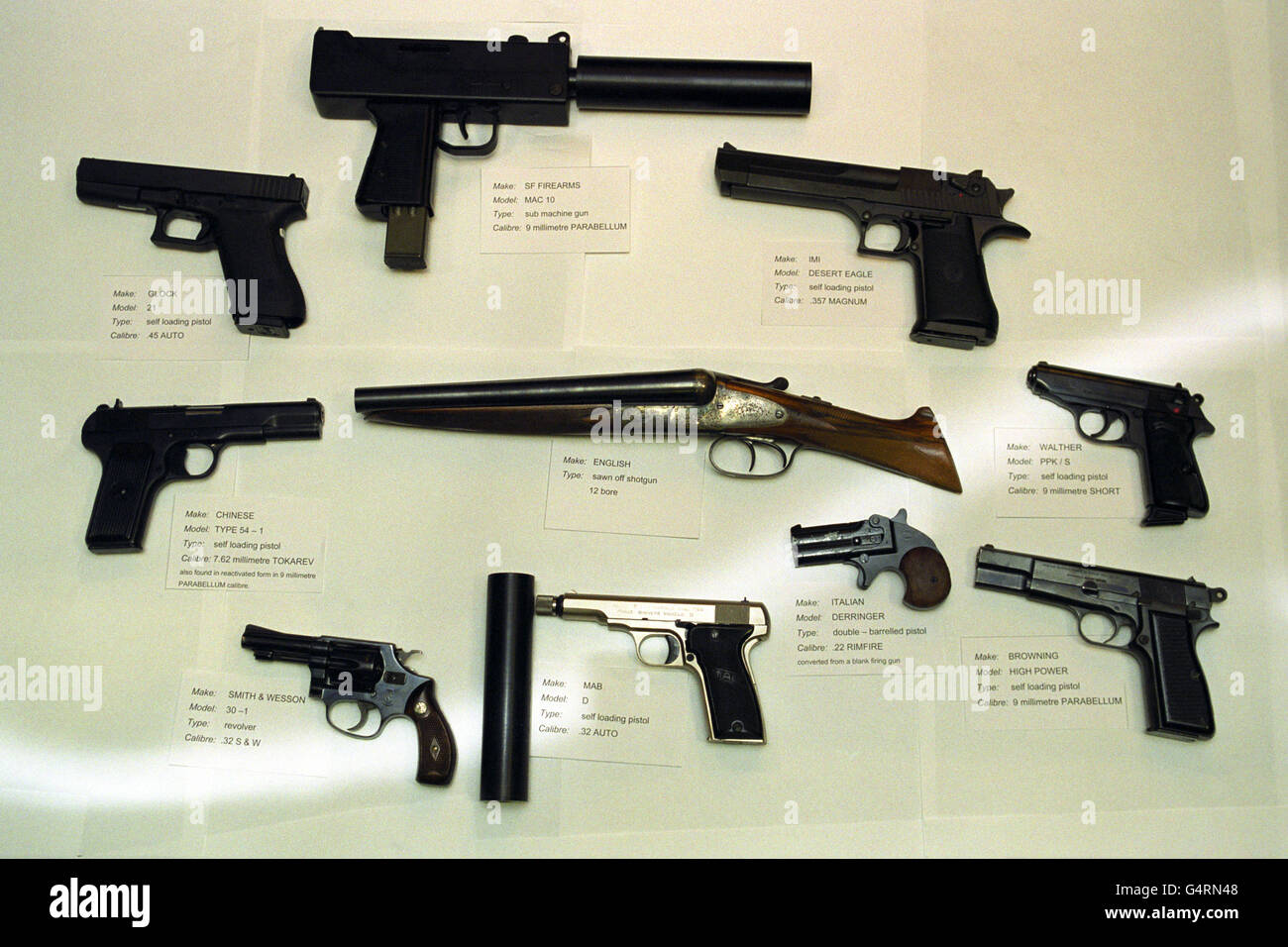

Members of the Chicago Outfit and the Egan's Rats led by Al Capone attempted to remove all competition from Chicago by eliminating the North Side Gang leader Bugs Moran. During the Prohibition Era, competing gang members were fighting over bootlegging operations within the city of Chicago. One of the first true tests of this new technology was in the aftermath of the Saint Valentine's Day Massacre in 1929. Simultaneous comparison of two different objects at the same time allowed to closely examine striations for matches and therefore make a more definitive statement as to whether or not they matched. Gravelle in 1925 modernized the forensic examination of firearms. The invention of the comparison microscope by Calvin Goddard and Phillip O. Whitman halted the execution until an inquiry could be conducted and after further examination it was shown that Stielow's firearm could not have fired the bullets recovered from the victims. Whitman, the Governor of New York, who was not convinced by the evidence used to convict Stielow. Stielow was sentenced to death and appealed to Charles S. One of the first uses of this knowledge was in 1915 to exonerate Charles Stielow of the murder of his neighbors. Also, each bullet fired from a specific barrel would be printed with the same marks, allowing investigators to identify the weapon that fired a specific bullet. These differences were a result of wear on the machines and since each new weapon caused a tiny amount of wear, each barrel would be slightly different from every other barrel produced by that company. However, experts in the field postulated that there were microscopic differences on each barrel left during the manufacturing process. As manufacturing and automation replaced hand tools, the ability to compare bullets became impossible due to the standardization of molds within a specific company. The first successful documented case of forensic firearm examination occurred in 1835 when a member of the Bow Street Runners in London matched a recovered bullet from a murder victim to a specific mold in a suspect's home confirming that he made the bullet this gave further evidence that the bullet maker was the perpetrator and he was convicted. Prior to mass production of firearms, each barrel and bullet mold was hand made by gunsmiths making them unique. At the same time, the rifling leaves marks on the bullet that are indicative of that particular barrel.

By forcing the bullet to spin as it travels down the barrel of the weapon the precision is greatly increased. The ability to compare ammunition is a direct result of the invention of rifling around the turn of the 16th century.

Like all forensic specialties, forensic firearm examiners are subject to being called to testify in court as expert witnesses. Furthermore, these markings can be compared to other images in an attempt to link one weapon to multiple crime scenes. Striation images can also be uploaded to any existing national databases. Known exemplars taken from a seized weapon can be directly compared to samples recovered from the scene using a comparison microscope as well as newer 3-D imaging technology. Forensic ballistics examiners may not fire more than five shots at most from a weapon found at a scene for this exact reason. This is important because if attorneys wish to present ballistics evidence in court, it would be hard to prove beyond a reasonable doubt that one specific bullet would match one specific weapon. Although striations are individualized evidence and will not match any other bullet or weapon, microscopic striations in the barrel of the weapon will change about every three to five shots. Rifling spins the bullet when it is fired out of the barrel to improve precision. These striations are due to the rifling inside the barrels of firearms. If crime scene investigators find prints at a scene, they will be dusted, photographed, collected, and analyzed both by hand (using comparison microscopes) as well as compared to databases for potential references.īy examining unique striations, scratches left behind on the bullet and weapon, individual fired rounds can be, but not always are, linked back to a specific weapon. Examiners can also look for fingerprints on the weapon and cartridges. Nitric acid (HNO 3) is the most common reagent used for this.
#Types of guns used in crimes serial numbers
Obliterated serial numbers can be raised and recorded in an attempt to find the registered owner of the weapon.

Specialists in this field are tasked with linking bullets to weapons and weapons to individuals. Forensic firearm examination is the forensic process of examining the characteristics of firearms or bullets left behind at a crime scene.


 0 kommentar(er)
0 kommentar(er)
